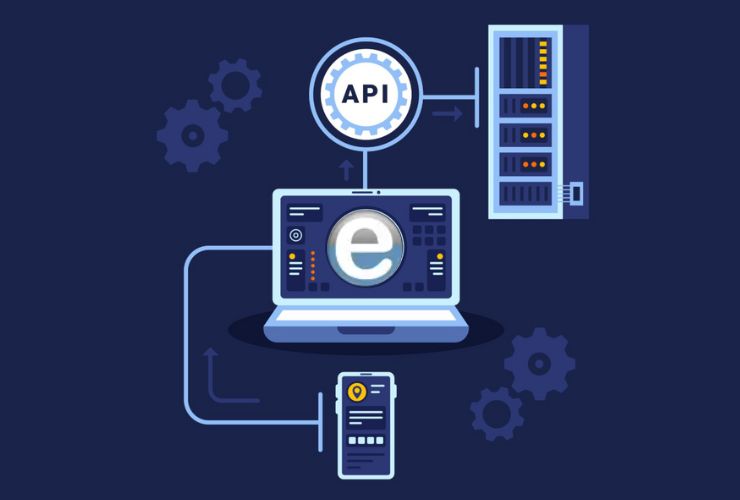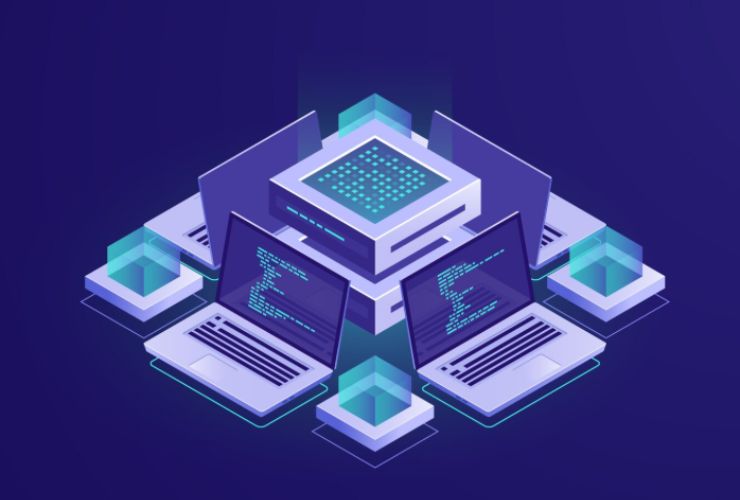As our digital platforms develop ways of maintaining ever-increasing complexity and user demands, creating scalable applications has quickly moved to the forefront of software development priorities. Node.js combined with MongoDB represents a powerful stack for creating backends that are light, performant, and scalable.
In this post we will explore how Node.js and MongoDB can work together to facilitate scalable application development, why they work well together, and the best practices for developing systems that scale with ease.
The Benefits of Using MongoDB with Node.js
Node.js is a non-blocking, event-driven runtime built on Chrome’s V8 engine that offers an ultra-fast way to handle concurrent requests. This performance makes Node.js an ideal environment for dealing with real-time applications and applications that have a heavy reliance on concurrent requests.
MongoDB is a NoSQL database that stores data in the form of flexible JSON documents so that developers can focus on managing data, using an agile data development approach. MongoDB’s schema-less structure allows developers to rapidly build applications in agile development environments, as a more traditional SQL database would require changes in managing schema to make the application truly agile.
When using MongoDB with Node.js, developers will use JavaScript across the server-side and database layers with a simple API that allows them to minimize context-switching and maximize application development timelines.
Node.js with MongoDB – Benefits for Scalable Applications
1. Speed and Performance
Node.js is an asynchronous I/O server and an event-driven model. Using Node allows you to handle many concurrent connections without overhead costs. It is essential for scalable services.
2. Seamless Data Transfer with JSON
With both Node.js and MongoDB using JSON format, moving data back and forth between application layer and database layer is easy. JSON consistency lessens overhead of transition and normalizes API usage.
3. Flexible Schema to Evolve Over Time
The schema-less design of MongoDB supports modifying and scaling your data model on the fly. This is ideal for requirements that change quickly or when managing eclectic datasets.
4. Event-driven Architecture
Node sends pure events and supports event-driven development; MongoDB was designed to serve very-high-volume reads/writes efficiently, making the stack well-suited for implementations such as chat apps, real-time analytics dashboards, or collaborative tools.
5. Easy Development and Integration
Writing the back-end and data store logic in JavaScript provides opportunities for streamlining the workflow and using the same libraries, data models, or supporting functions. Overall development efficiency maximizes process.
Best Practices for Developing Scalable Node.js + MongoDB Applications
Optimize Database Queries
If you can avoid unnecessary reads or writes, you should. You can utilize MongoDB indexing to provide faster query performance which in turn can lessen the load on the database.
Use Connection Pooling
You should be mindful to manage your database connections appropriately to avoid performance bottlenecks (especially in heavy load scenarios).
Implement Proper Error Handling
You should make an effort to handle application errors and database errors responsively and proactively to avoid crashing the application and to provide a seamless experience for your users.
Monitor Performance
You can leverage resources (e.g., PM2, New Relic, MongoDB Atlas, etc.) to track the performance of your Node.js application, and your MongoDB databse. Performance metrics will provide greater insight into your scaling decisions.
Decompose Features with Microservices
As your application grows, therein may be an opportunity to structure portions of it on Node.js into supporting microservices. MongoDB can scale across multiple clusters so distributed architectures are natively supported through the database code and library.
Real-World Use Cases
The Node.js + MongoDB stack is used by many of the world’s most popular companies and applications due to the scalability offered by the stack:
- Real-time collaboration tools
- Streaming services and dashboards
- Mobile backends
- IoT platforms
- E-commerce platforms with large traffic
These industries are negatively impacted if they can’t handle large data loads and several concurrent users in an efficient, reliable, and quick manner.
Conclusion
Node.js and MongoDB are well-matched technologies for building scalable, high-performance applications. Whether you’re building a new app at a startup or managing a large enterprise, this tech stack is highly scalable. It delivers the power and efficiency needed to support growth. By adopting best practices early, you can ensure your systems are fast and responsive. With the right foundation, they’ll scale smoothly as demand increases.
Need Help With Developing a Scalable App Using Node.js and MongoDB?
Here at Empirical Edge, we focus on full-stack development using technologies such as Node.js, MongoDB, and cloud platforms. Whether you’re starting from scratch or refining an existing system, we can help you develop scalable, maintainable, and approachable solutions that evolve with your business.
Contact us to learn more about our back-end development services and how we can work together to realize your vision.














